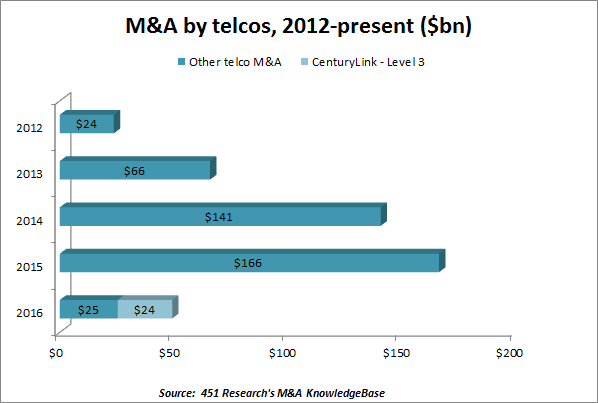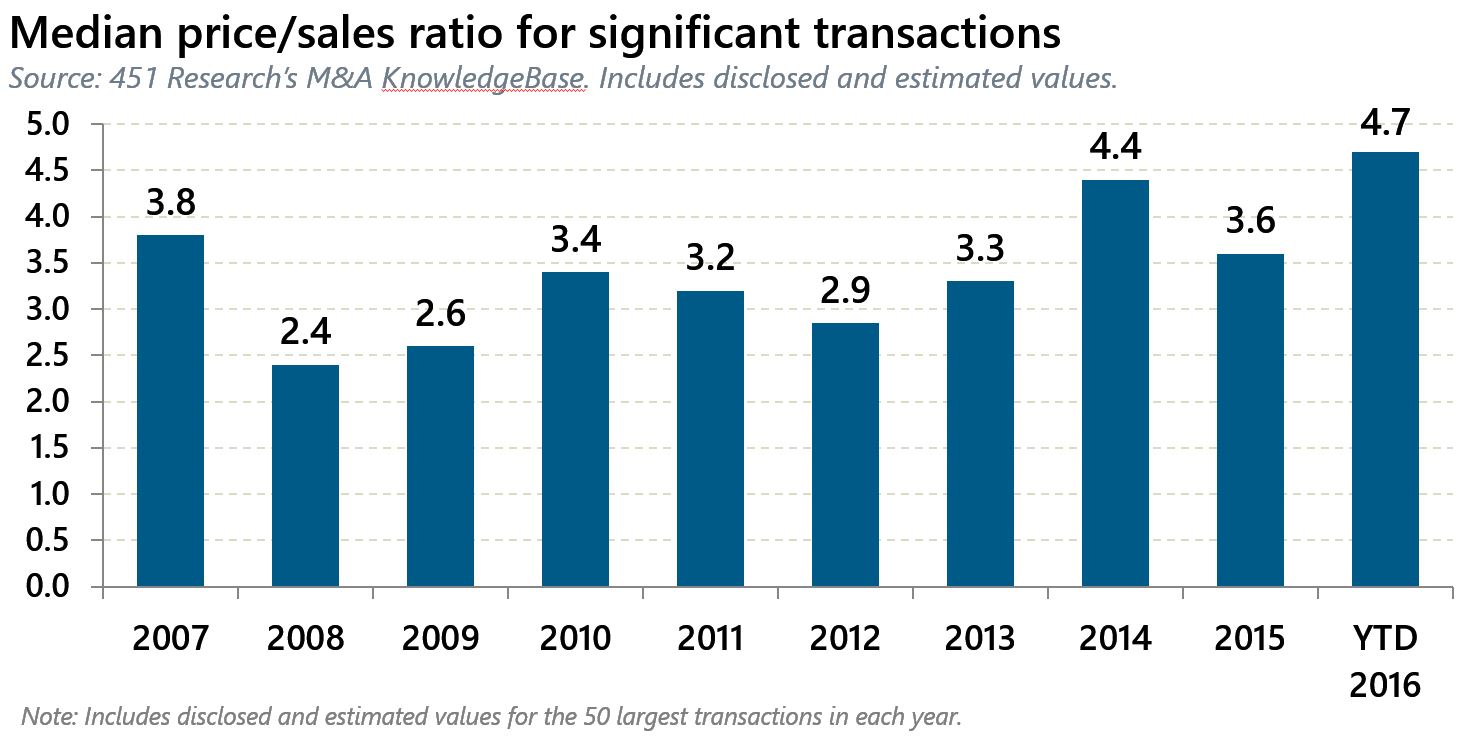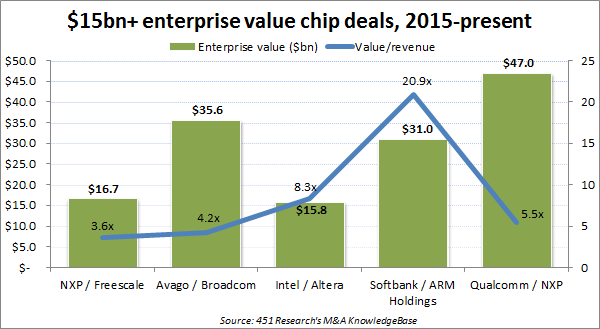Contact: Scott Denne
All of the venture money that poured into the early days of ad tech ensured that software wouldn’t be a differentiator – any given sub-segment of that market is home to at least half a dozen competitors, often many more. Instead, the market will be won or lost based on a more precious commodity than software developers and data scientists: access to more and better consumer data. With this in mind, xAd has acquired Earth Networks’ consumer app business, WeatherBug. In particular, the target’s mobile app offers an incentive for users to enable always-on location tracking, leading to more valuable consumer data.
The acquirer enables advertisers to target ads based on their location. That includes targeting ads to consumers near a particular location, targeting consumers who have been to a certain location in the past, and targeting audience segments based on their movement patterns. This kind of data is likely to supplant the value in tracking only online behavior. After all, what’s a better indicator of behaviors and preferences: where consumers spend time in real life or where they waste time online?
Vendors building these applications face a notable hurdle in obtaining differentiated data. Most of them draw location data from the information provided in bid requests on mobile ad exchanges. That data for any consumer only comes when they open an app that tries to fill an empty ad impression. And there’s a lot of poor-quality data flowing through that ecosystem. Many publishers have realized that adding any latitude and longitude digits to a bid request raises the value, so an outsized amount of location data places consumers at the geographical center of the US or at Amazon Web Services datacenters.
To get around that, xAd and its fellow location-targeting companies such as PlaceIQ and NinthDecimal have increasingly turned to partnerships with mobile app developers that can provide consumer locations with a greater degree of accuracy and on a more frequent basis. And apps like WeatherBug’s, which give consumers an incentive to enable always-on location tracking, are even more valuable. In addition to drawing frequent, reliable and unique consumer location data from WeatherBug’s 20 million monthly users, the deal also gets xAd a license to the weather data from the target’s former parent company.
The appetite for more and better data isn’t limited to ad tech. As predictive analytics and artificial intelligence become a meaningful differentiator of enterprise software, more of those vendors will have to seek out data to feed those capabilities. Today’s transaction is an example of that, as are larger ones such as Microsoft’s acquisition of LinkedIn, IBM’s purchase of The Weather Company’s technology business and Salesforce’s pickup of Krux.
For more real-time information on tech M&A, follow us on Twitter @451TechMnA.




